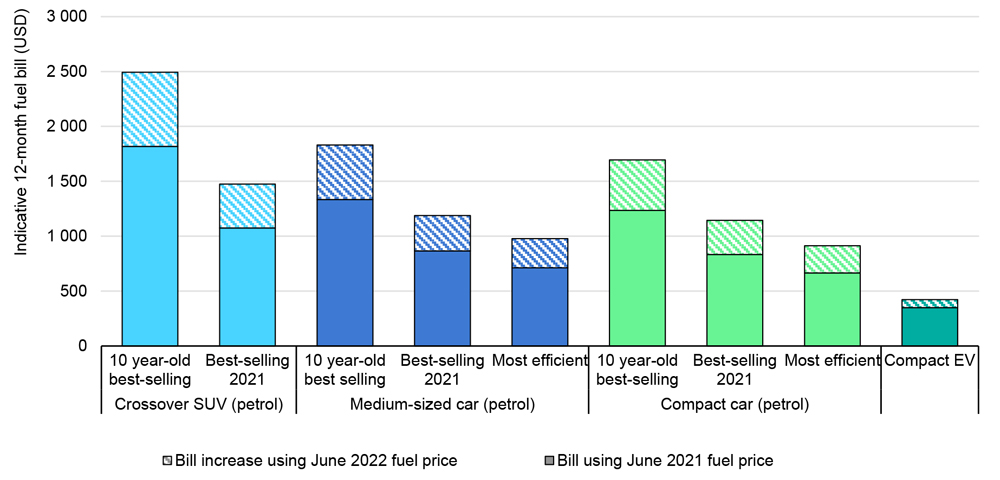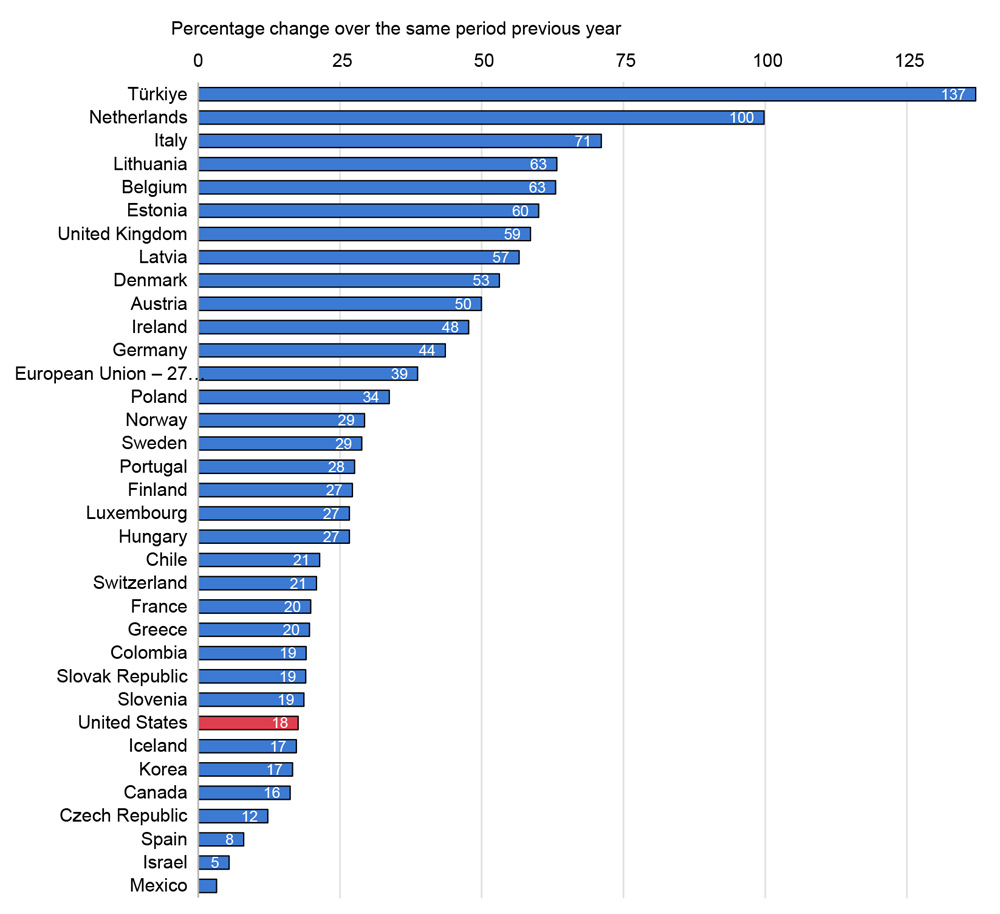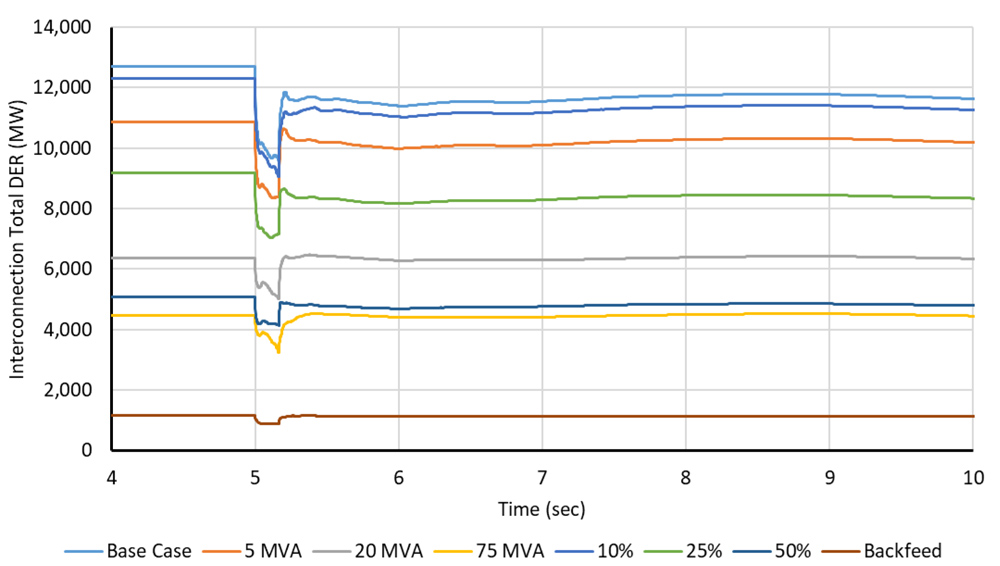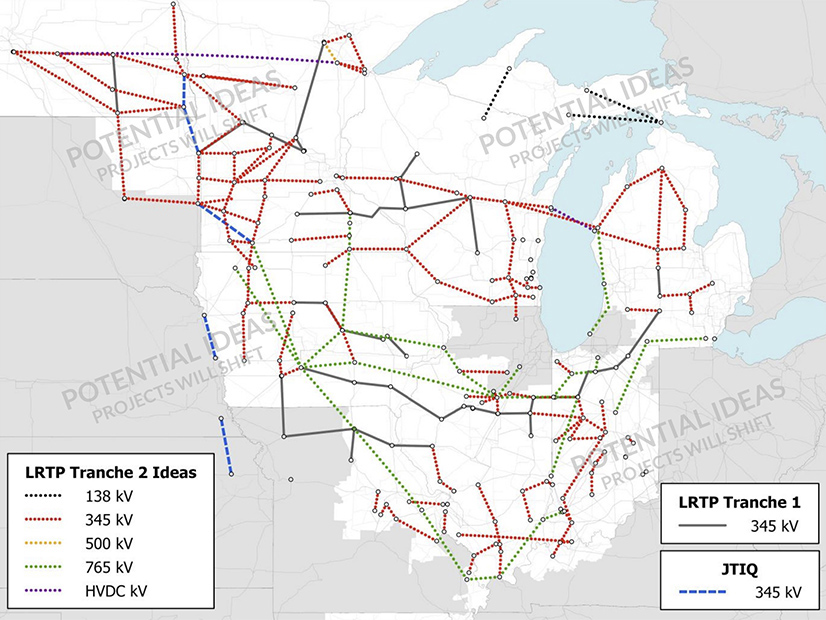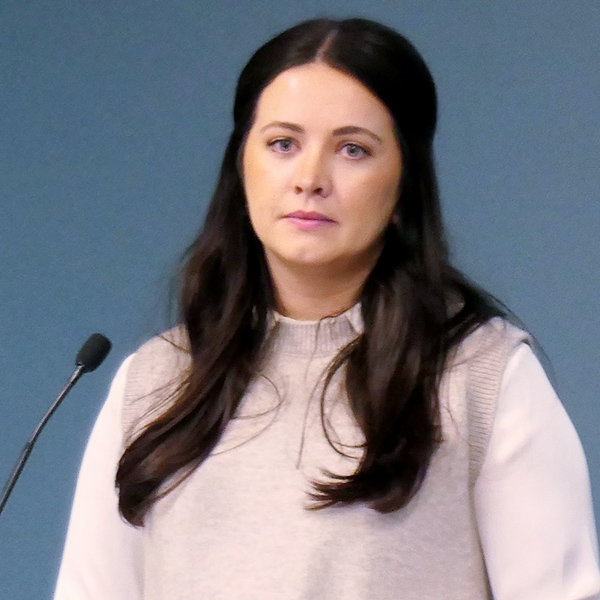A new report by the Massachusetts Commission on Clean Heat lays out a detailed roadmap for reducing buildings’ carbon footprint but stops short of recommending a ban on the installation of new fossil fuel-burning appliances.
The task force convened by Gov. Charlie Baker in January had a diverse membership holding strong and varied opinions on scheduling such a ban and could not reach a consensus on the issue. The report cited counterbalancing factors: Waiting to schedule a ban on new gas installations puts the state at risk of missing its climate protection goals; enacting a ban too quickly would create significant risks if the electrical grid, supply chain and workforce were not ready to support it.
The report also noted that rushing to ban gas appliances in an effort to reduce greenhouse gas emissions might actually boost them if clean electricity-generating resources were not yet online and fossil-fired power plants had to boost their output to run additional electric appliances.
The 66-page report issued Wednesday is only an advisory document, and the governor who commissioned it is a lame duck.
However, Baker will soon be succeeded by two-term state Attorney General Maura Healey, a Democrat whose campaign statements indicated strong support for climate protection measures. She has said she supports steps toward decarbonizing buildings, including authorizing individual municipalities to ban gas use in new construction.
The report says achieving the state’s building emission-reduction goals will be a “monumental undertaking” at great cost and lays out a potential framework through which to proceed.
Infrastructure
The report argues that the state should should move forward with policies based on the commercialized technologies available now and incorporate future advances as they become available. A joint energy system plan should lay out strategies to speed electrification and strategically retire or reduce the natural gas system.
Investments in new or expanded natural gas infrastructure should be redirected to support net-zero efforts, except for safety and reliability, in which case they also should be made “within the context of the shift toward electrification,” the report says. The governor should direct relevant state agencies to report on the potential risks and benefits of an enforceable phaseout of new fossil fuel heating systems.
The report argues that progress toward building decarbonization depends on progress toward increased electrical supply. Human infrastructure also is important: Significantly more funding is needed for workforce training.
And Massachusetts should immediately start to create a Clean Heat Standard, it says. The state should also create a climate bank to help provide affordable capital for projects, as traditional private-sector lenders are reluctant to invest in building decarbonization at this stage.
Equity
Environmental justice (EJ) and low- to middle-income (LMI) communities should be first in line for the transition to clean energy, the report says.
These communities — as well as the Black, indigenous and people of color population and frontline communities — should have a robust role in every stage of planning, implementation and evaluation of a program and should be compensated for their input. Information generated at all stages of the process should be made available in at least the five most common languages in the subregion.
LMI households must not bear the rising costs of remaining gas infrastructure as the transition progresses, the report says. Means-tested subsidies, carveouts and packaging of multiple incentives should be used to increase the equitable impact of energy transition programs.
LMI housing stock should also receive additional funding for necessary improvements not directly connected to decarbonization, such as roof repairs, basement waterproofing and hazardous material mitigation, the report says. Hiring and procurement processes should prioritize minority- and women-owned business enterprises and other disadvantaged participants.
Angst
The report list hurdles to clear that include inflation; a potential economic recession; diverse housing stock; high housing costs; a labor force with limited experience in the work that needs to be done; socioeconomic and racial inequities; the complexity of a multilayered government; the real and perceived cost of electricity and fossil fuels; and the tendency to not replace heating systems until they fail.
The transition will carry “very real burdens,” particularly for businesses, consumers and workers for whom there is no good alternative to fossil fuels, the report says. But it will also bring “significant benefits and opportunities,” including better health, climate protection and an enormous opportunity to invest in the state economy and workforce.
Public outreach and awareness are needed to show the state’s commitment to clean heat, and to highlight success stories. The state should evaluate ways to mitigate the cost of electric heat in the near- and intermediate-term, so that it is less expensive than gas, the report argues.
Substantial incentives will be needed, perhaps for a long time, as a signal of support to both consumers and suppliers, it says. Stakeholders reliant on fossil fuel must have clear and consistent market signals about the need to make the transition, and they will require resources to carry it out.
Massachusetts needs to focus more on its goals and the people those goals will benefit than on the programs it uses to accomplish these things, according to the report. The governor and legislature should create a new Building Decarbonization Clearinghouse as an umbrella for incentives, funding sources and technical assistance.
Delay and inaction will push back, but not cancel, the transition and make it more costly.
Goal
The Massachusetts Clean Energy and Climate Plan sets goals of a 28% reduction in building greenhouse gas emissions over 1990 levels by 2025 and a 47% reduction by 2030; the ultimate goal is net zero by 2050.
To reach this, an estimated 500,000 homes and 300 million square feet of commercial space will need to be using energy-efficient electric heat by 2030, and 100,000 homes would need to be converted per year after 2030.
Beyond the actual heating systems, 1.5 million Massachusetts homes will require weatherization and other structural efficiency upgrades by 2050 to achieve the desired reduction in GHG emissions.
The commission took no position on how to apportion the cost of clean heat infrastructure among ratepayers, taxpayers, regulated suppliers and markets.
It did say that cost and benefit of proposals should be evaluated not in terms of cost-effectiveness but for their societal impact.
